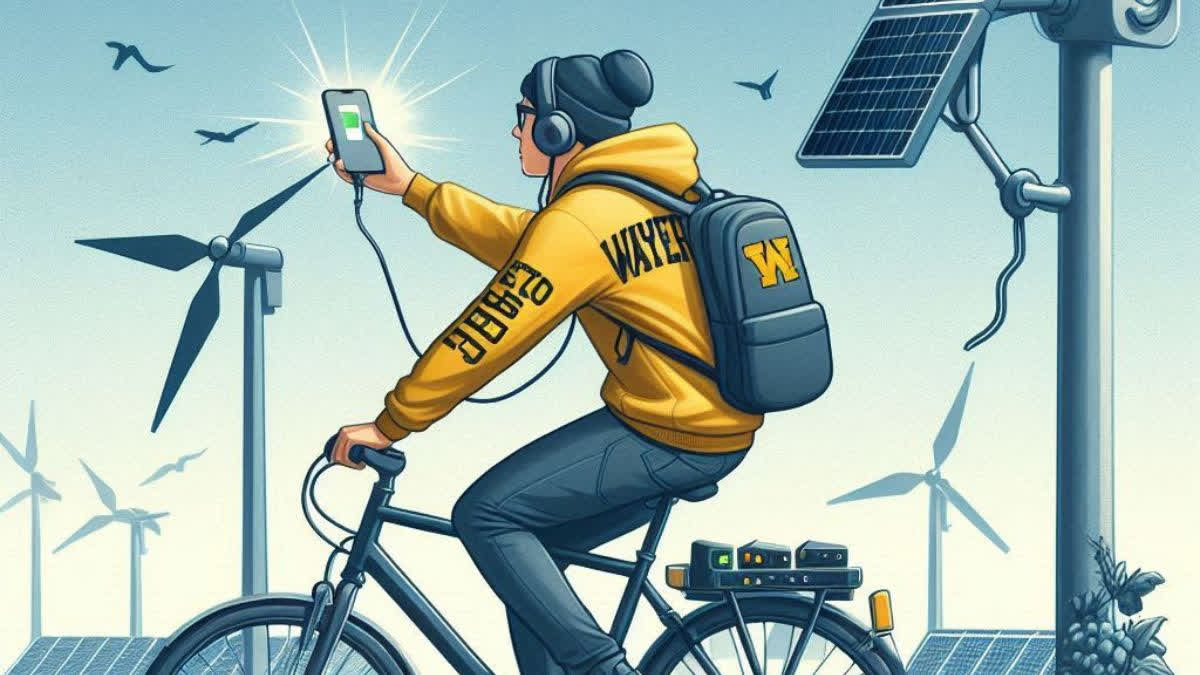Hyderabad: Researchers at the University of Waterloo have developed a new technology that can generate electricity from vibrations. The tiny wearable generator can even generate electricity from small body movements, opening up possibilities of charging small consumer electronic devices in a sustainable way.
According to the paper, Breaking Dielectric Dilemma: Polymer Functionalised Perovskite Piezocomposite with Large Current Density Output, published this month in Nature Communications, the new generator contains materials that are flexible, energy-efficient, and relatively less expensive.
As per a press release issued by the University of Waterloo, the device can charge your laptop using the movement of a keypress or power your smartphone’s battery while you take a jog in the park. Additionally, the device is said to be scalable for larger machines as well.
The science behind tiny wearable generator
The device harnesses the piezoelectric effect, a phenomenon where specific materials, such as crystals and certain ceramics, generate electrical energy when subjected to mechanical pressure. This effect allows the materials to convert mechanical stress into electrical energy.
Piezoelectric materials are commonly utilised in various sensing technologies. For instance, sonar systems detect underwater objects by converting sound waves into electrical signals. In ultrasonic imaging, they help create detailed internal body images by converting sound waves into visual data. Additionally, microwave devices use these materials for precise frequency control and signal processing.
Dr Asif Khan, the project's lead researcher and a postdoctoral fellow in the Department of Electrical and Computer Engineering at Waterloo, described the development as a real game changer, noting that they had made the first device of its kind capable of powering electronics at low cost and with unprecedented efficiency.
Dr Dayan Ban, a professor and researcher at the Waterloo Institute for Nanotechnology, explained that older materials are brittle, expensive, and have limited electricity generation capabilities, whereas the new materials they created for the generator are flexible, more energy-efficient, and cost less.
The research team, which includes professors from Waterloo and the University of Toronto, has filed a patent and is collaborating with a Canadian company to commercialise their generator for aviation safety system monitoring.



